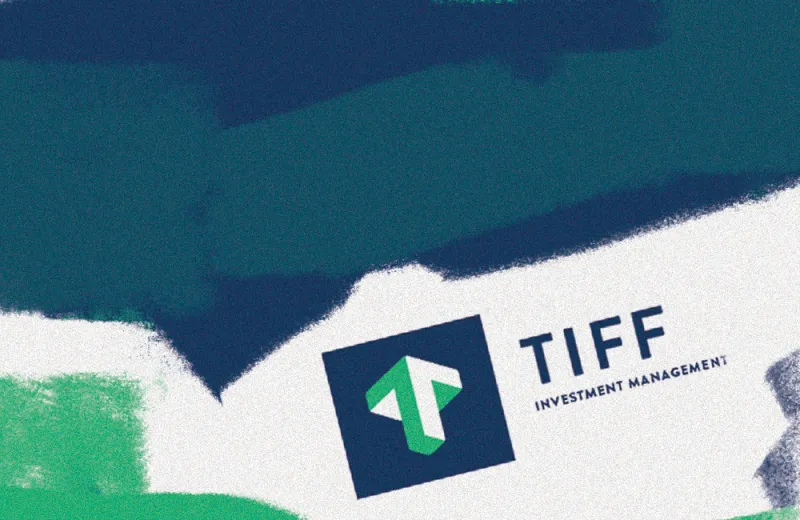Despite the bad headlines and their mixed track record, TIFF Investment Management, the $8 billion outsourced chief investment officer for endowments and foundations, will keep betting on hedge funds to soften the blow of market stress.
“There’s a feeling of ‘nowhere to hide’ if you are only a traditional equity and fixed income portfolio [manager,]” said Zhe Shen, director of diversifying strategies at TIFF. “My belief is that hedge funds are a great way to diversify the portfolio and help smooth out returns.”
Shen’s recent research gave him even more confidence in the risk-reducing benefits of hedge funds during periods of stress. Traditionally, fixed-income investments should offer downside protection when markets plunge, but they no longer serve the role due to rising interest rates. In a situation like this, hedge funds can act as a great companion to fixed income and help diversify investment risks, according to Shen.
Although some large hedge funds like Tiger Global and Pershing Square have suffered deep losses in the past few months, not all funds are like them, according to Shen. “There are over 10,000 hedge funds out there,” he said. “Today, there is a wide dispersion of strategies within the hedge fund space.” In fact, PivotalPath’s composite index, which reflects the performance of 10 broad strategies, was down only 0.8 percent in May and about 1 percent for the year. Notably, 47 percent of funds generated positive returns year-to-date, and 62 percent have either gained or lost less than 1 percent, according to the research and data analytics firm.
Shen added that he particularly believes in the power of hedge funds with specialized strategies or that invest in niche areas. TIFF has invested with a hedge fund focused on California carbon credits and is interested in partnering with firms with expertise in the technology industry in the Nordic region, which, according to Shen, “is overshadowed by the U.S. market.”
“Not all our [hedge fund] managers are investing in high-tech [companies], but all of them are investing in things that are way under the radar,” Shen said. He added that these companies might include those in the industrial or consumer product sectors.
The more specialized hedge funds are usually the smaller ones. According to Shen, funds with smaller assets under management can exit positions more quickly during massive sell-offs.
Shen added that his team usually targets about 15 to 20 hedge fund managers, each of which is expected to make a meaningful impact on TIFF’s portfolio. Within this range, “we feel like there’s a good diversification of managers but it’s not overwhelming,” he said.
In terms of allocators’ views on hedge funds, Shen said the high fees and a lack of transparency into hedge funds and the industry are still the top concerns. Sometimes allocators and hedge fund managers aren't exactly aligned when it comes to investment priorities. “It’s been an educational process,” Shen said. “Hedge funds are a different investment vehicle. You have to be doing something that other people aren’t doing.”
Allocators don’t have to invest big chunks of their portfolios into hedge funds to get the benefits. “It can be a relatively small part, as long as it helps you balance a portfolio on an annual and long-term basis.”







